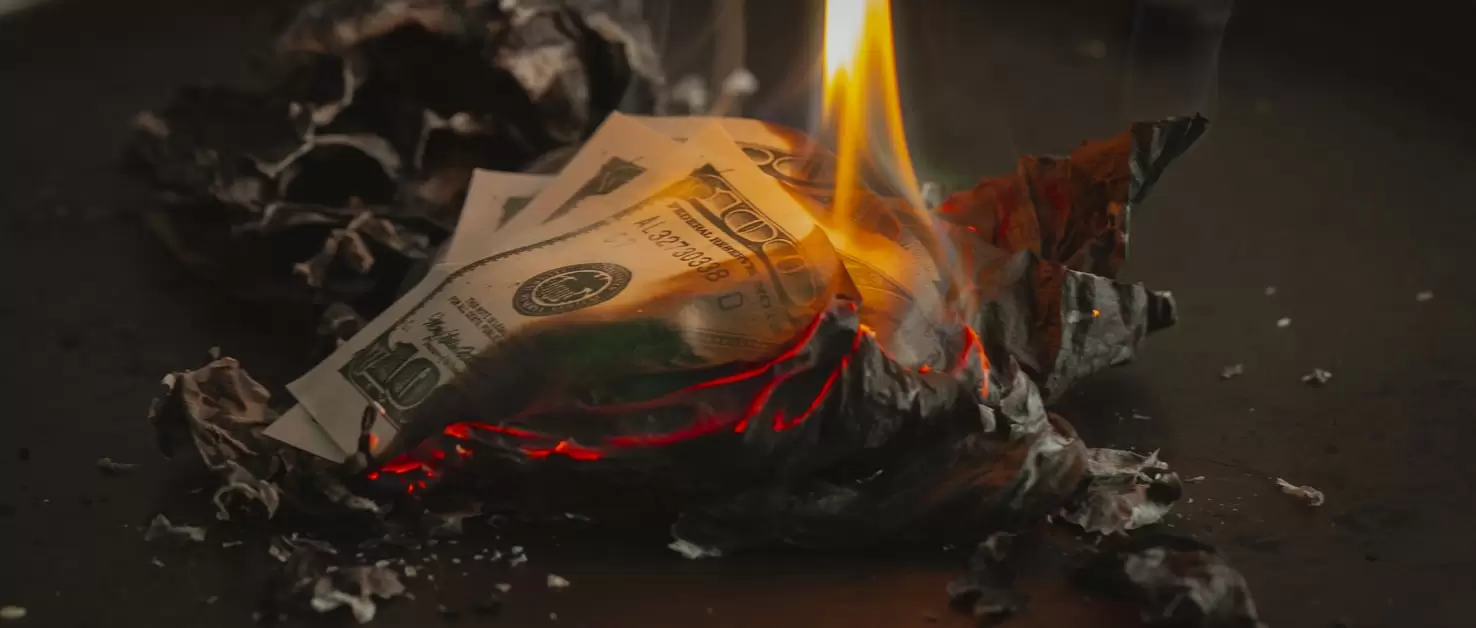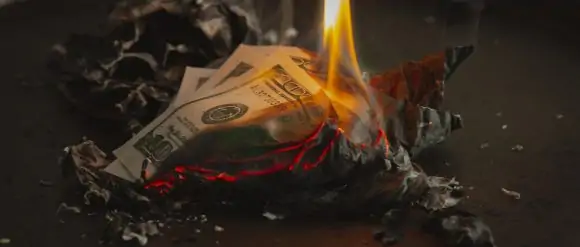
Most people assume debts during the best times of their lives to later struggle, and unsuccessfully, try to pay them off during the most inopportune moments of their lives.
There are many reasons why people find themselves figuratively drowning in a quagmire of debt entirely of their own making.
Medical debts. Personal misfortune. Divorce. Massively underestimating one’s ability to pay for unnecessary, desire-driven purchases.
Yes, you’ll never have more fun in life than when accumulating debts. However, the bill always comes due.
If you’re not financially responsible, you can find yourself owing more money than you take in.
Over a decade ago, I thought it was rational to pay my rent and utility payments with credit cards. (Yes, that mindset put me in more trouble than you’d think. I haven’t owned a credit card ever since. But that is another story.)
If you find yourself in a financial hole of debt that you’ll never escape, one means of escape is filing for Chapter 7 bankruptcy.
Chapter 7 bankruptcy is also known as, “liquidation bankruptcy,” and, “straight,” bankruptcy.
Basically, a local court appoints a personal financial supervisor to assume legal control of your finances.
This personal financial supervisor or “trustee” negotiates with all your creditors to get them to accept finalized payments for outstanding debts raised from the liquidation of your assets and properties.
If the trustee gets the creditors to accept negotiated debt payments then the filing is legally finalized, you’re discharged from paying those debts, and you get a fresh start.
It’s not that simple, but those are the basics.
Also, not every single debt you owe will be magically discharged after filing for Chapter 7 bankruptcy.
So what type of debts remain after bankruptcy?
Depending on your circumstances and local exemption rules, you might lose everything. Also, your credit rating will definitely take a hit.
Let’s explain Chapter 7 bankruptcy in a little more detail first.
Chapter 7 Bankruptcy 101
From 2005 to 2017, over 8.7 million Americans filed for Chapter 7 bankruptcy protection.
Filing for Chapter 7 bankruptcy protection is a long, paperwork-intensive process.
Depending on your situation and how much of your assets you can liquidate, it can take weeks, months, or longer.
Here are the basics of the process.
Get a Lawyer
There are many budget-scale and consultation-fee visit lawyers who specialize in bankruptcy preparation.
Even if you can’t afford to retain a lawyer throughout the process, you can pay one to advise you and explain the whole process.
Don’t try to file for bankruptcy without a lawyer helping you in some capacity.
Two Mandatory Bankruptcy Counseling Sessions
This is basically mandatory financial counseling. You’ll be advised of the benefits and drawbacks of filing for bankruptcy.
Additionally, you’ll be advised of any bankruptcy alternatives that may apply to you. You can apply for such counseling online.
You must complete one session within 6 months before filing for Chapter 7. You can only file for Chapter 7 after receiving a certificate of completion for the first session.
Then, you’ll complete another one after finalization.

Means Test
Your income and assets are assessed to see if you qualify for bankruptcy.
Filing
Go to your local court, bring documents as advised by your lawyer or financial counselor. Pay hundreds of dollars in filing fees.
Meeting of Creditors
You’ll be assigned a trustee in court and given a date for a meeting with your creditors. Here, your trustee will assume control of your finances and debts.
Then, they’ll negotiate with your creditors and liquidate your assets to end your debt spiral.
Keep in mind, your creditors will not receive what they fully owe in terms of your debts. The trustee will present the terms of your personal liquidation and try to get them to accept terms to end debt collection proceedings.
2nd Bankruptcy Counseling Course
Complete the second session within 2 months of the Meeting of Creditors.
Bankruptcy Discharge
Once you receive your bankruptcy discharge, all of the creditors present in the Meeting of Creditors are legally prevented from ever trying to collect on debts settled in the Chapter 7 filing.
So, Chapter 7 bankruptcy filing is finalized! You’re all in the clear!
Right?
Not so fast.
Survivable Debts After Chapter 7 Filing
There are several drawbacks to filing for bankruptcy.
For one thing, you could lose everything you own. A lien could be placed on your house, vehicle, or properties to pay your debts.
A Chapter 7 bankruptcy filing will appear on your credit history for a decade.
Also, here is a list of debt that cannot be legally discharged with a Chapter 7 filing:
- Taxes
- Child support payments
- Outstanding student loan debt
- Alimony payments
- Any personal injury lawsuit debts
- Debts owed via cosigning financial arrangements
- Any outstanding Homeowner Association Fees
- All court-related fees and penalties
Also, just because you are legally discharged doesn’t mean you are in the clear with creditors.
If you made any credit card charges or purchases during bankruptcy proceedings, a creditor can contest the discharge and legally ask for more money.
Exemptions
Even though Chapter 7 bankruptcy filing usually involves getting a fresh financial start, it could mean starting over with nothing.
This isn’t always the case.
There are many items and assets you should be allowed to keep via legal exemption.
However, such exemptions will depend on your circumstances, how much money you owe, and the recommendations of the trustee.
Read More
To File or Not to File: The Pros and Cons of Bankruptcy
Understanding the Legal Aspects of Filing Bankruptcy
What Makes People Get into Serious Debt
Editors Note: If you want a great all around personal finance website, consider checking out Saved By The Cents, its a classic personal finance site that’s well worth a read.
Allen Francis was an academic advisor, librarian, and college adjunct for many years with no money, no financial literacy, and no responsibility when he had money. To him, the phrase “personal finance,” contains the power that anyone has to grow their own wealth. Allen is an advocate of best personal financial practices including focusing on your needs instead of your wants, asking for help when you need it, saving and investing in your own small business.

